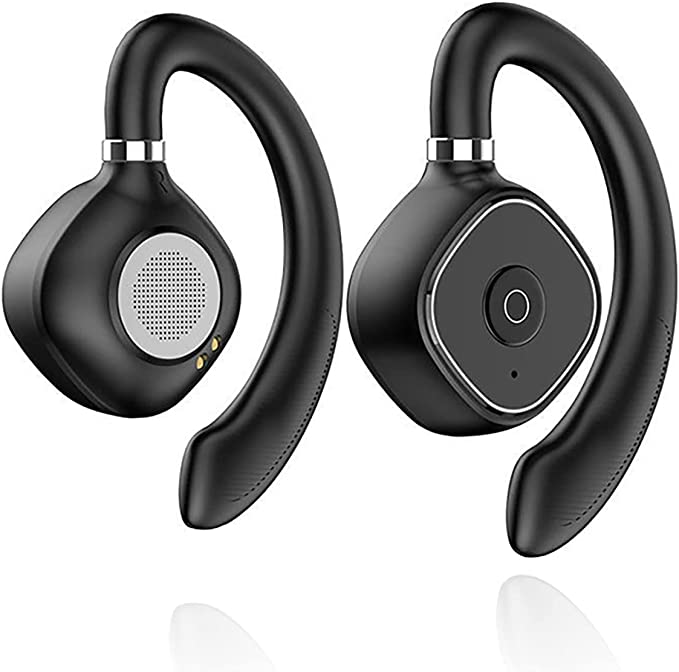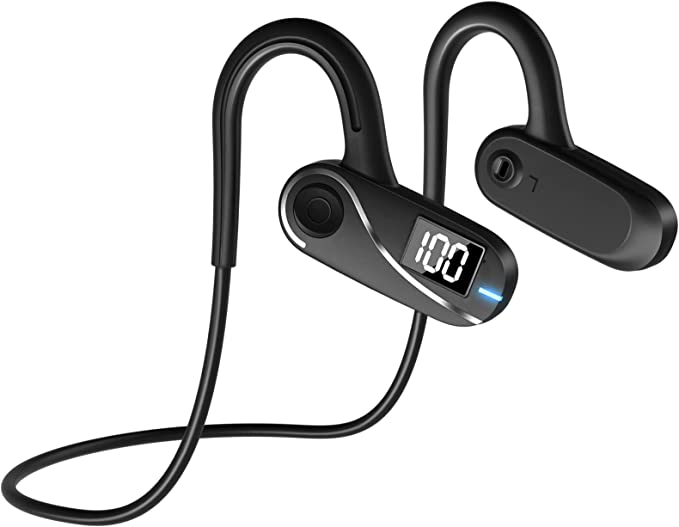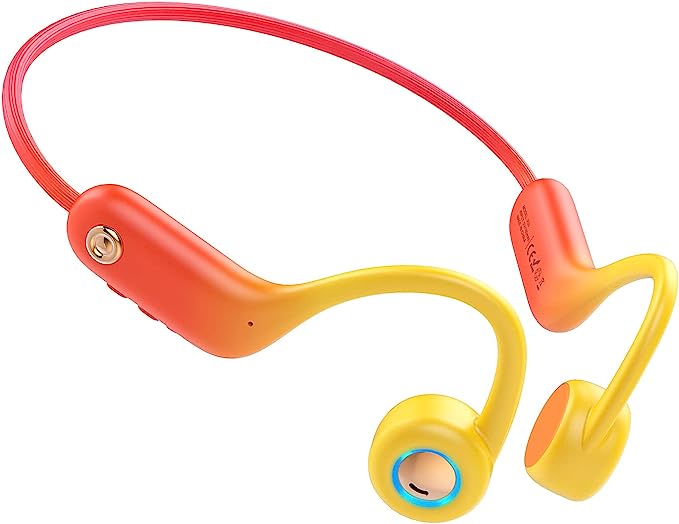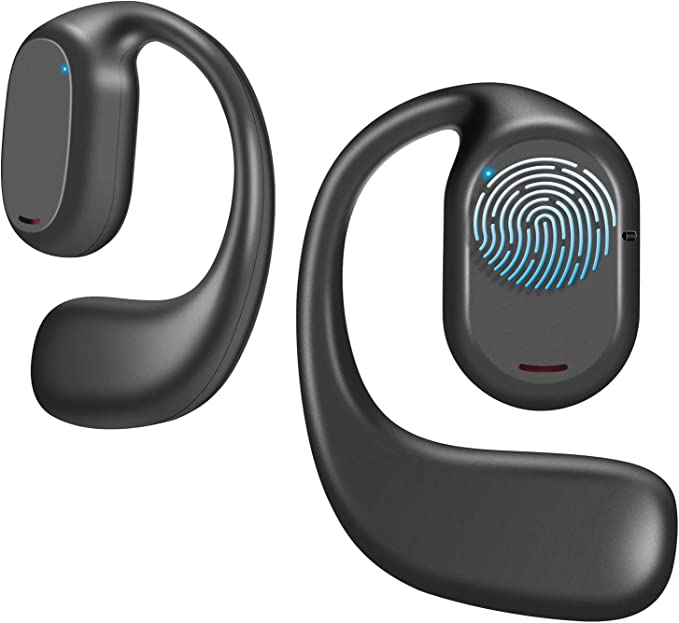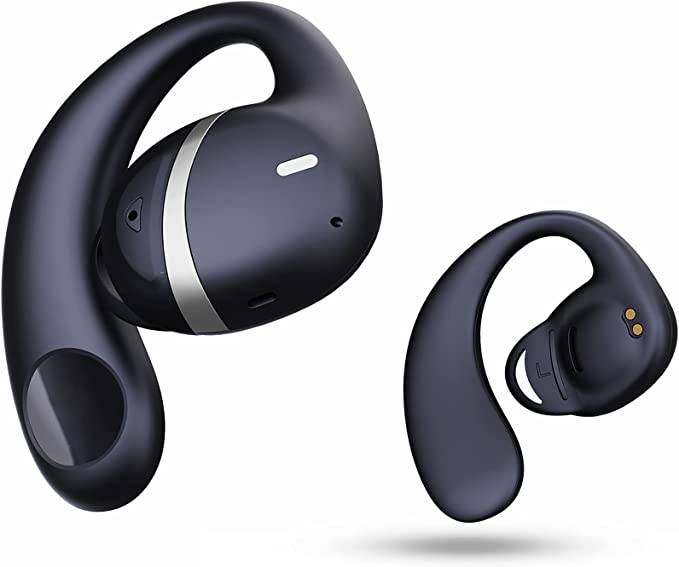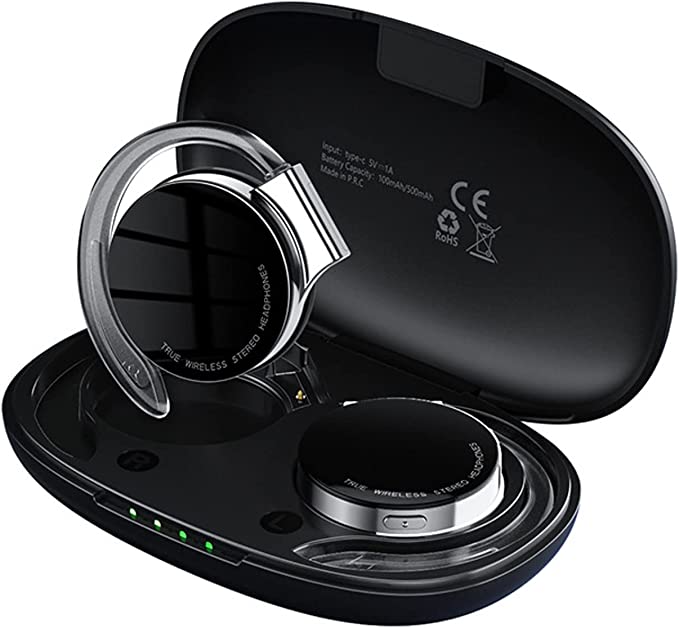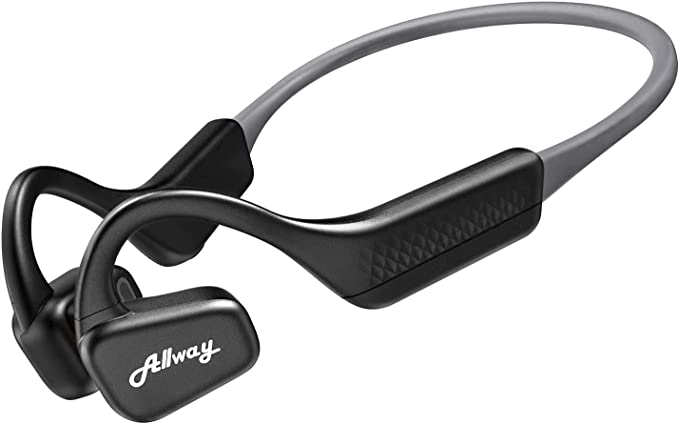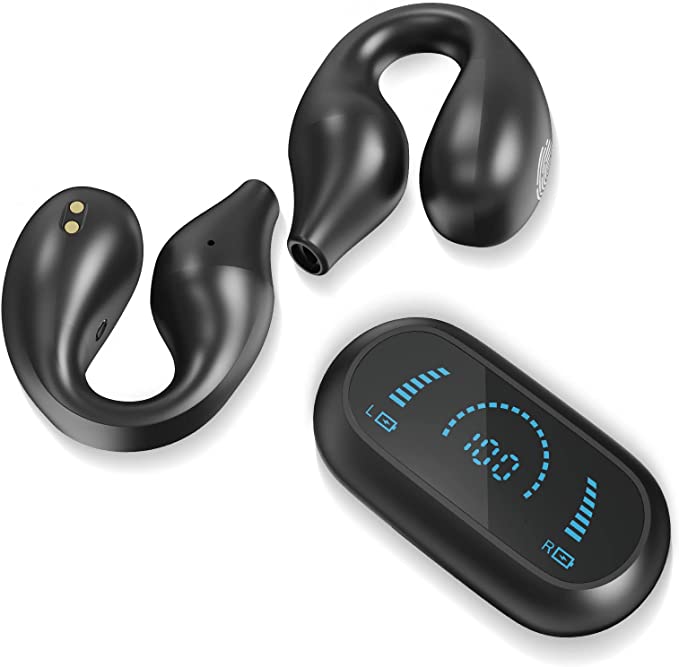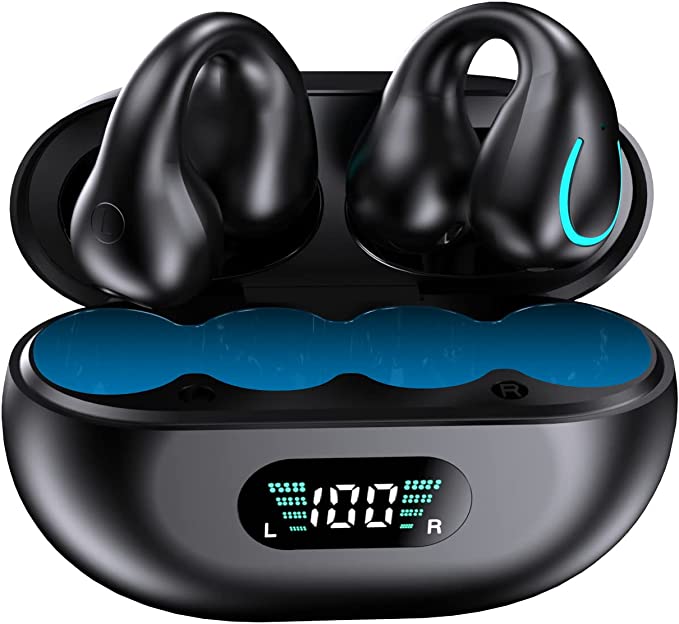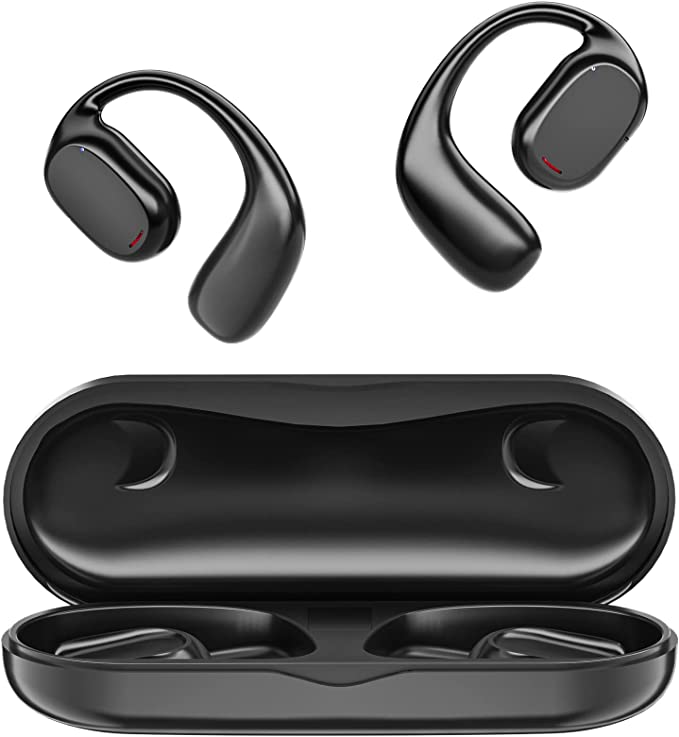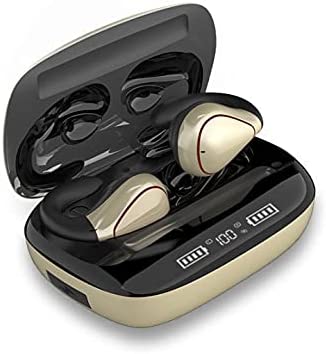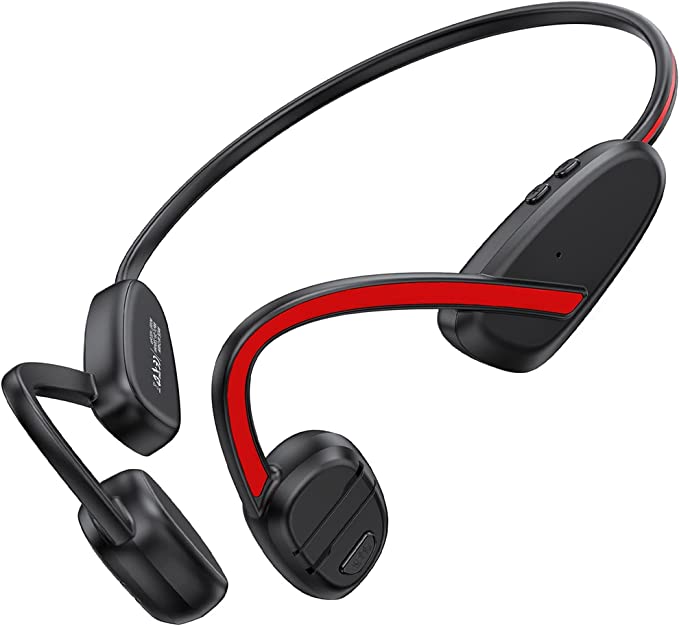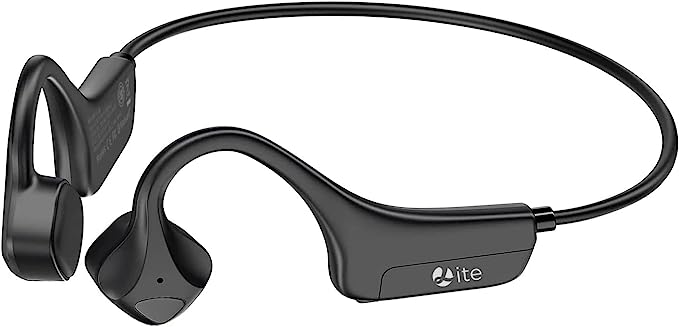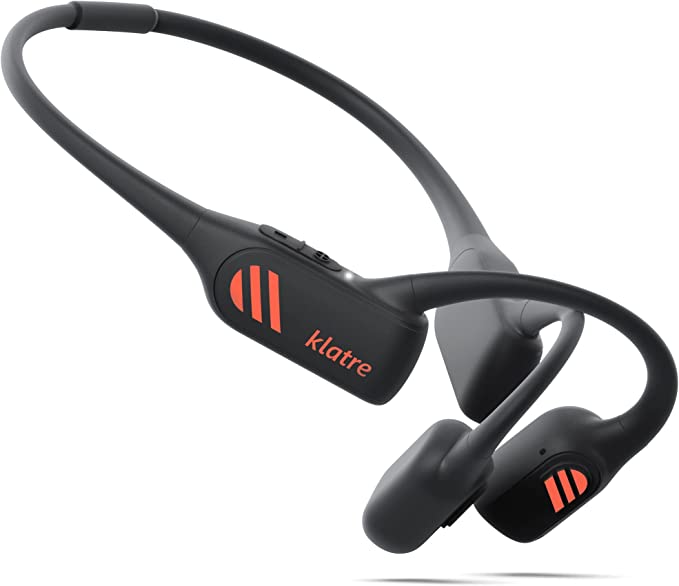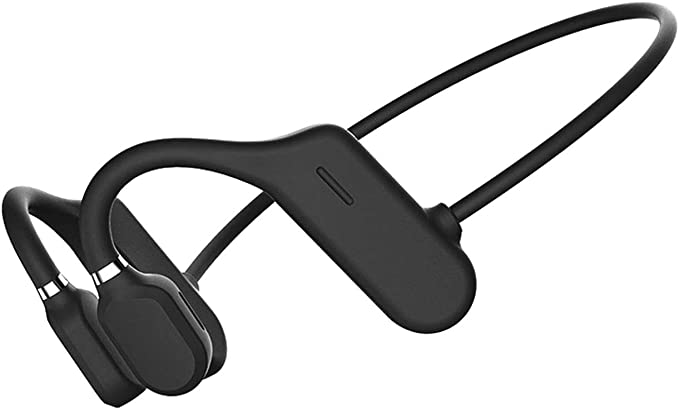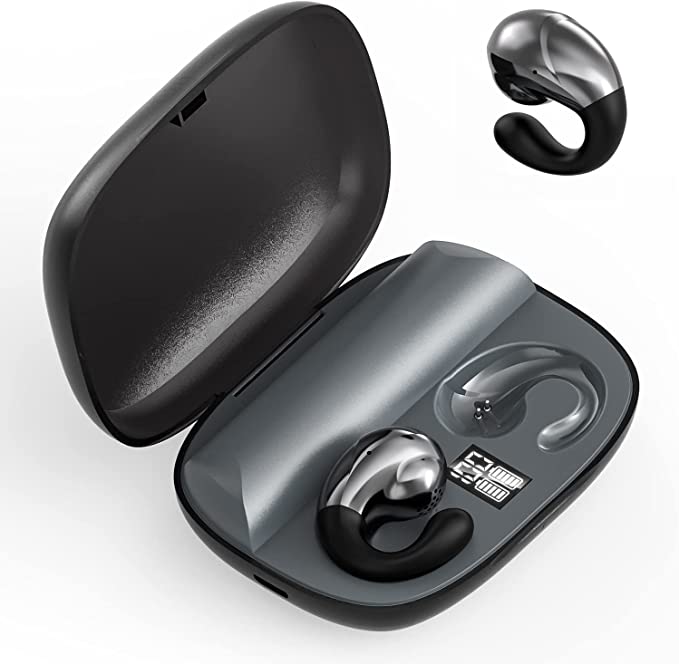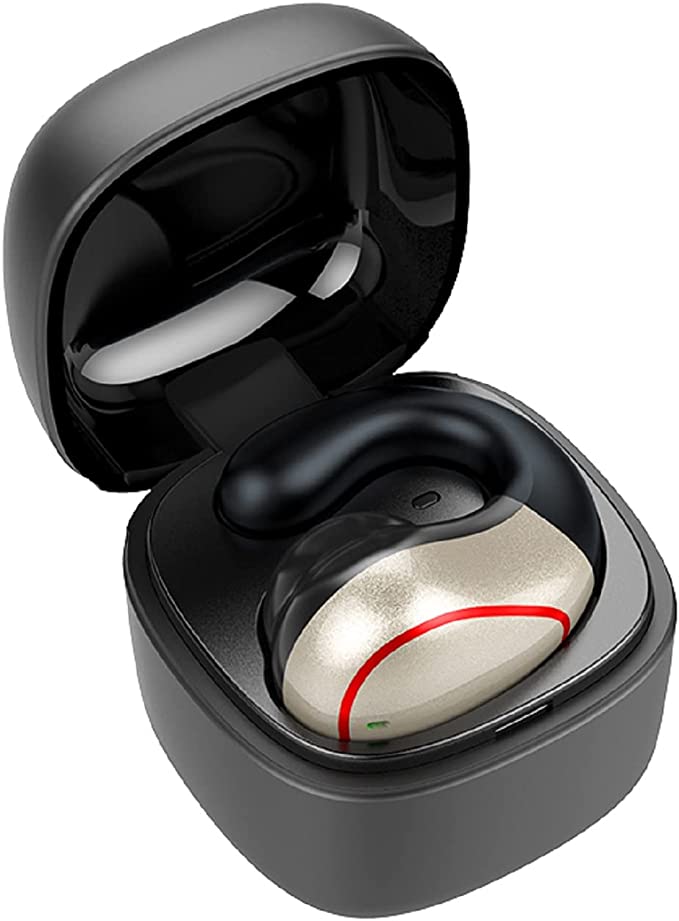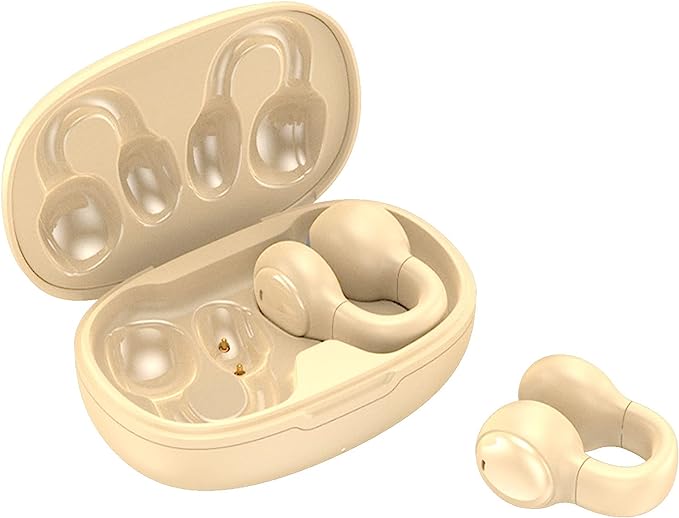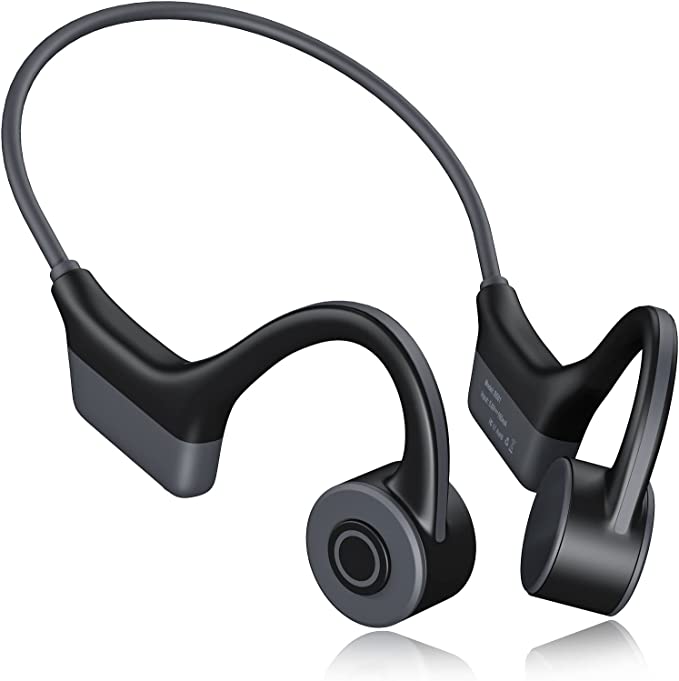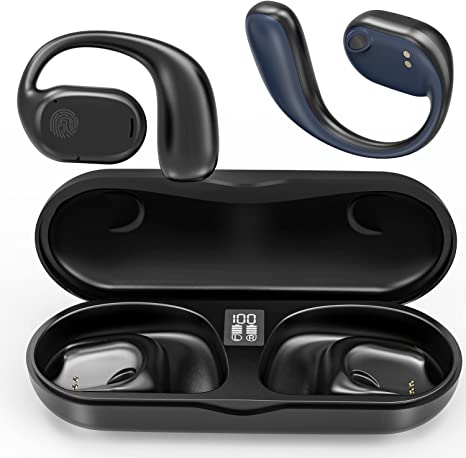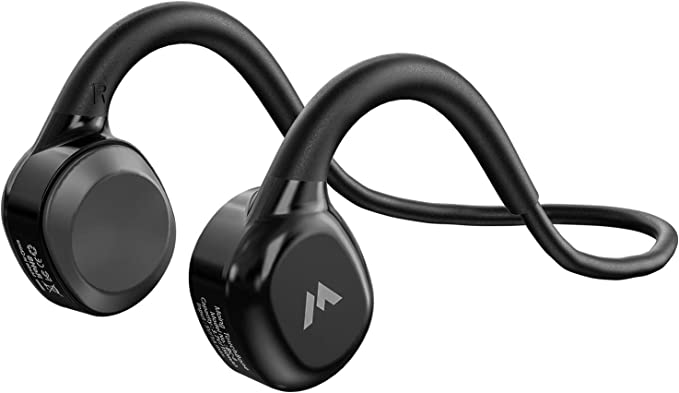MSTHOO BH685 Open Ear Headphones: The Perfect Earbuds for Outdoor Activities
Update on July 1, 2025, 9:33 a.m.
In the summer of 1979, a small cassette player, no bigger than a paperback book, started a quiet revolution. The Sony Walkman didn’t just put music in our pockets; it built invisible walls around our heads. For the first time, your personal soundtrack wasn’t shared with the room; it was a universe created just for you, piped directly into your ears. We walked through bustling streets cocooned in our favorite albums, transforming the mundane into the cinematic. It was an intoxicating form of escape, a declaration of auditory independence. For decades, personal audio technology has been on a relentless quest to perfect these walls—thicker, stronger, more soundproof—with noise-cancellation promising a final, blissful silence from the outside world.
But walls, even beautiful ones made of music, have a cost. The runner, lost in a driving beat, fails to hear the silent electric car approaching from behind. The parent, trying to soothe a baby with a podcast, misses the sound of the doorbell. The cyclist, navigating complex city traffic, is blind on one sensory flank. The very isolation we once craved has become a liability in a world that demands our constant, dynamic attention. We found ourselves at a crossroads, asking a fundamental question: Is it possible to have our soundtrack without losing our world? This question has sparked a counter-revolution, a movement not to build higher walls, but to replace them with windows.

Tearing Down the Wall: The Gentle Art of Air Conduction
Enter the era of open-ear headphones, a technology born from the need to reconnect. Take, for instance, the MSTHOO BH685. These devices represent a radical departure from the ‘plug-and-seal’ philosophy. They don’t invade your ear canal or attempt to create a vacuum. Instead, they rest gently on the outside of your ear, a testament to a technology known as air conduction.

This isn’t the same as bone conduction, which sends vibrations through your cheekbones. Air conduction is far more natural. It works the way hearing has always worked: by creating sound waves that travel through the air to your eardrum. Think of it less as a headphone and more as a tiny, private sound system, creating a personal auditory bubble around you. The difference is profound. It’s the architectural equivalent of choosing to open a window instead of closing a door. Your ears, for the first time in a long while, can breathe. This ergonomic kindness eliminates the pressure and discomfort many feel from long-term earbud use, a point of relief echoed in user experiences.

Learning to Listen Again: The Brain, The Bubble, and The Bicycle
The true magic of this open design lies not in the hardware, but in what it unlocks within our own brains. Our minds are not passive receivers of sound; they are master conductors of a vast auditory orchestra. We are all experts in what psychoacoustics calls the “Cocktail Party Effect”: the remarkable ability to focus on a single conversation in a noisy room, filtering out the chatter. This superpower, however, only works when the brain has access to the entire soundscape.

Traditional headphones starve the brain of this vital environmental data. Open-ear devices like the BH685, by contrast, serve it a rich, complete buffet of sound. When you’re cycling through a park, you can be engrossed in a gripping audiobook, yet your brain, ever vigilant, will effortlessly detect and prioritize the subtle whir of another bicycle’s chain or the distant shout of a child. This isn’t a feature you turn on; it’s a fundamental human capability that the technology simply allows to function unimpeded. It’s a restoration of situational awareness, transforming a simple listening device into a powerful tool for safety and presence.

The Engineering of Openness: A Balancing Act
Of course, engineering this openness is a delicate act of trade-offs. Creating satisfying sound without the sealed-off acoustics of an ear canal is a significant challenge. Bass frequencies, in particular, love an enclosed space to reverberate. To combat this, the BH685 relies on relatively large 16mm dynamic drivers. These larger diaphragms are capable of moving more air, which helps compensate for the lack of a seal and produce a fuller, more robust sound than one might expect from such an open design.

Resilience is another cornerstone of any device meant for an active life. Here, the engineers turned to internationally recognized standards. The IPX7 rating is not a marketing term; it’s a specific designation from the International Electrotechnical Commission (IEC 60529 standard) signifying that the headphones can withstand full immersion in up to one meter of water for 30 minutes. While you probably shouldn’t make a habit of swimming with them, it means that torrential downpours and intense, sweat-drenched workouts are taken in stride.
Yet, we must be honest about the physics. The very openness that grants situational awareness also means that sound can, and will, leak out at higher volumes. It’s not a flaw; it’s a law. Furthermore, making advanced technology affordable sometimes presents challenges in manufacturing consistency. As some user feedback suggests, long-term reliability, particularly with the charging mechanisms, can be a hurdle. This reflects the eternal engineering triangle: performance, features, and cost. It’s a reminder that these devices are an accessible entry into a new way of listening, and part of that accessibility involves certain compromises.

Beyond the Wall, The Future is a Windowpane
From the solitary universe of the Walkman to the connected soundscape of open-ear audio, our relationship with sound has come full circle. We are moving away from technology that serves as an escape hatch and toward technology that serves as a better interface with reality. Devices like the MSTHOO BH685 are more than just headphones; they are a quiet manifesto. They argue that the best technology doesn’t remove us from the world but helps us navigate it more gracefully.

The journey won’t stop here. The future hints at even more sophisticated forms of auditory control—augmented audio that can selectively dampen the drone of traffic while enhancing the sound of birdsong. We are on the cusp of becoming the architects of our own personal soundscapes, not by building walls, but by installing smart, selective windows. The revolution that began with a desire to shut the world out has evolved into a quest to thoughtfully let it back in. And this leaves us with a beautiful, resonant question: now that we can tear down the walls in our ears, what kind of world do we want to listen to?
